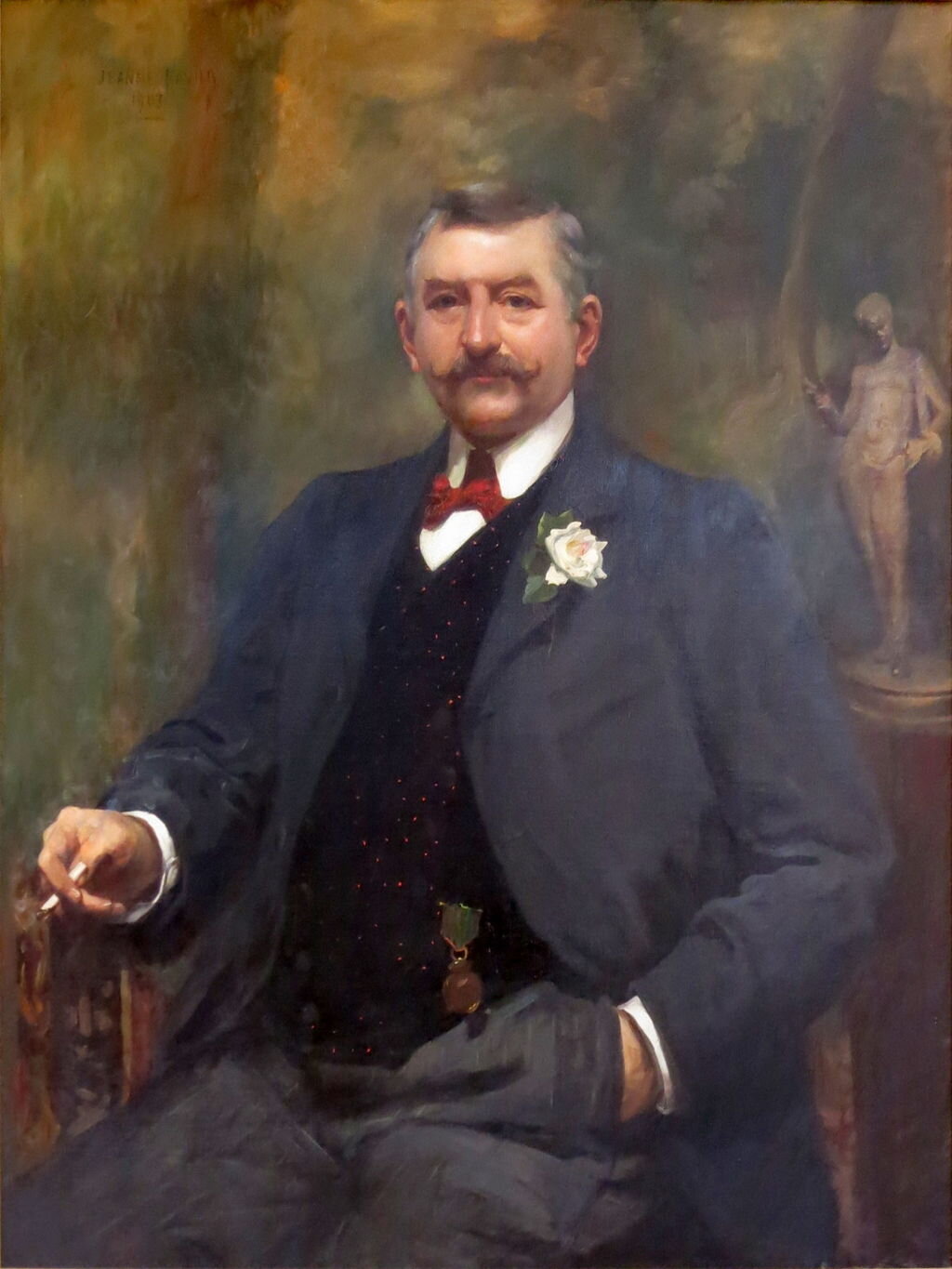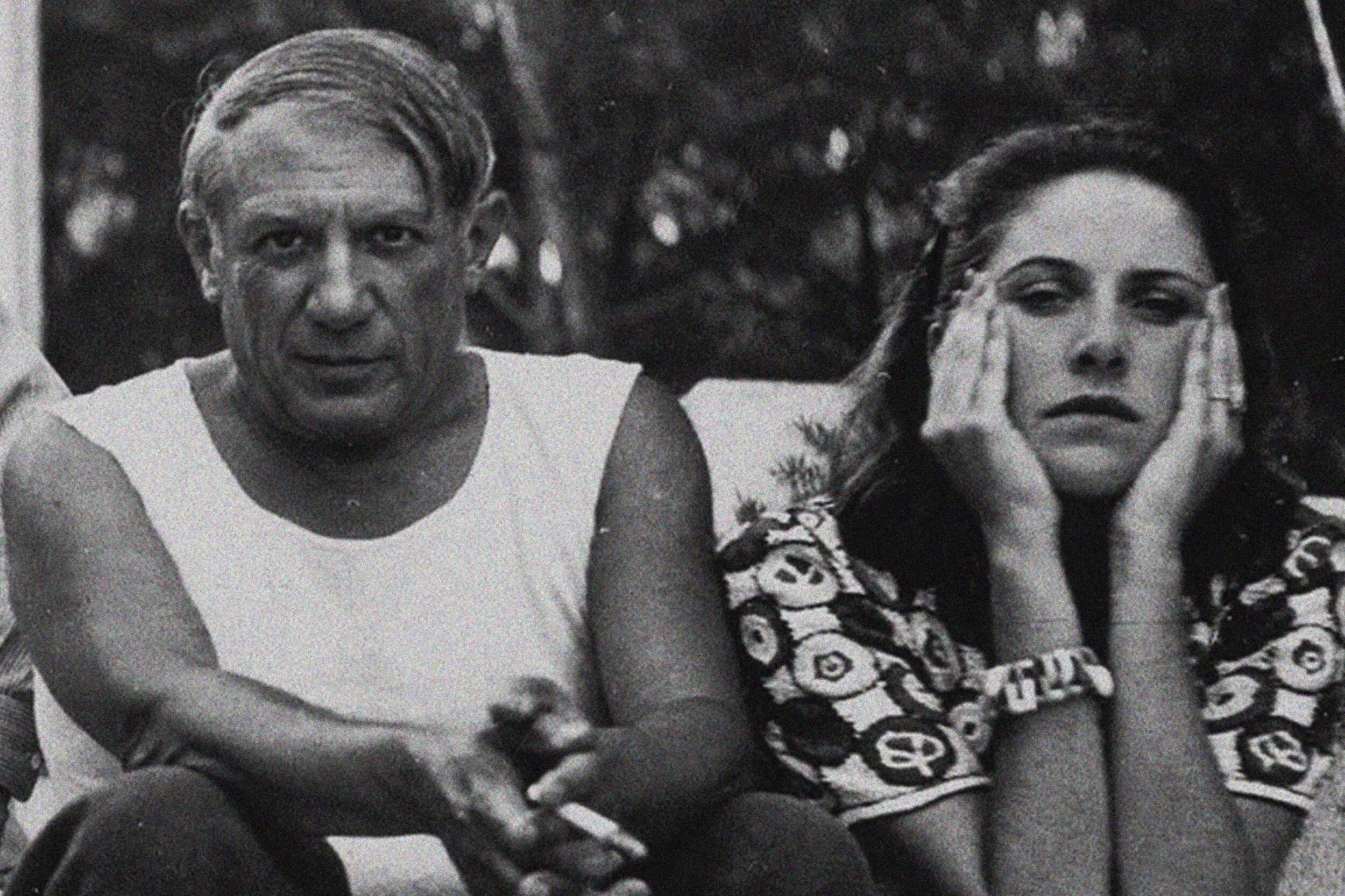35 years ago this week the Musée d’Orsay opened to the impressionist, loving public for the first time. It’s hard to image a time when the museum wasn’t part of the landscape of central Paris with the lovely clocks standing over the Seine.
We have to go back to the 16th century when it was once the garden of Marguerite de Valois first wife of Henri IV until her death when they turned the property into elegant homes. In 1810 under Napoleon a building was ordered for his expanding government and architect Jacques-Charles Bonnard who had restored the Tuilieres was tapped with the project. The first stone was laid April 4, 1810 but the fall of Napoleon would delay the finish until 1838. The Council d’Etat decided to move in to finally complete the building in 1842.
In 1845 the young painter Thédore Chassériau was asked to complete a series of paintings to decorate the Cour de Comptes stairwell. Chassériau had a gift for drawing as a child. In 1830 at just eleven years old he joined the atelier of Jean-Auguste Ingres, the great French classical painter. He was struck right away at his talent and told everyone about his young protege. Working with him for four years until Ingres left for Rome, he would find another amazing instructor, Eugene Delacroix. The leader of the Romantic movement was the opposite of Ingres. With Delacroix he discovered the magic of the Orient, the use of color and the large sweeping murals. Chassériau was the bridge between the classical and romantic style and it fit him perfectly.
Chassériau’s paintings lined the stairwell and were partially destroyed that horrible night on May 23, 1871. However, it wasn’t the fire that did most of the damage. For 27 years the burned out remains of the Palais d’Orsay and the paintings stood through the wind, rain and sun damaging them further.
In 1898 it was finally demolished and thankfully the paintings were saved. What is left of them can be found in the Musée du Louvre hanging high above in Salle 225 of the Richelieu wing. A few are painted in the grisaille fashion of shades of grey, those are more complete the the paintings that are torn and worn away. Chassériau died far too early at just 37 years old but lives on forever on the walls of the Louvre.
Laloux was tasked with creating a building that would fit into its elegant surroundings as well as balance with the Musée du Louvre seen just across the Seine. Running for almost 40 years, with over 200 trains a day it would stop in 1939 and again a team of people would argue over what to do with it.
On October 20, 1977 it was decided to turn the former station into a museum, bridging the Louvre to the Centre Pompidou. Three architects, Colbac, Bardon & Philippon embraced the structure that Laloux designed, keeping his many elements including the stone roses that rise up the walls. The salles and aisle was completely reimagined and now filled with art from 1848-1914 much of which once graced the salles of the Louvre.
On October 9, 1986, the doors of the Orsay were open to the public and today thousands of people come each day to see the art of Van Gogh, the Impressionists and statues of the Second Empire. The idea of taking a building associated with noise and movement and turning it into one of quiet reflection and beauty is something only the French know how to do.
The original facade of the Gare d’Orsay with its two large clocks and topped with three allegorical statues overlooking the Seine. It Represents Toulouse, Bordeaux and Nantes, each by a different artist, but with one characteristic that is all the same. Each has the face of Madame Laloux, a fitting tribute to the man that designed such a beautiful building.
The Musée d’Orsay is open Tuesday - Sunday from 9:30am - 6pm and each Thursday until 9:45pm
However, the greatest secret of all is how you can get in there before the thousands of art lovers arrive each day. If you come to Paris often or plan to visit the Orsay a few times on your trip or just want to have an amazing experience, become a member.
The Musée d’Orsay Carte Blanche can be purchased for 42€ - 65€ for a solo pass and with that little golden card you can enter the Orsay 30 minutes before it opens to the general public. Thirty minutes might not sound like much but while it takes a bit for the growds to gather you can have more than an hour of the museum somewhat all to yourself depending on where you are.
Another great way is to become a member of the American Friends of the Musée d’Orsay that also allows you inside early and depending on your level even more great advantages.
How ever you decide to see the Orsay be sure to have it on your list of things to see in Paris. And if you want a guided personal visit with me giving you all the history and behind the canvas stories book me for a tour.
Listen to the newest episode today at Paris History Avec a Hemingway on La Vie Creative Podcast













































































